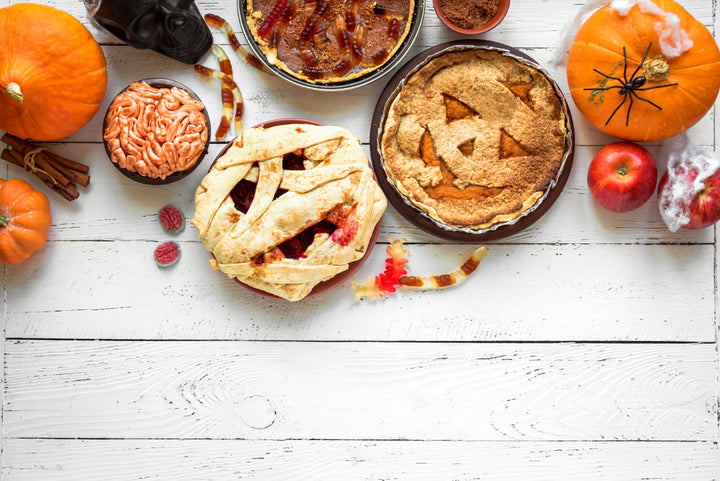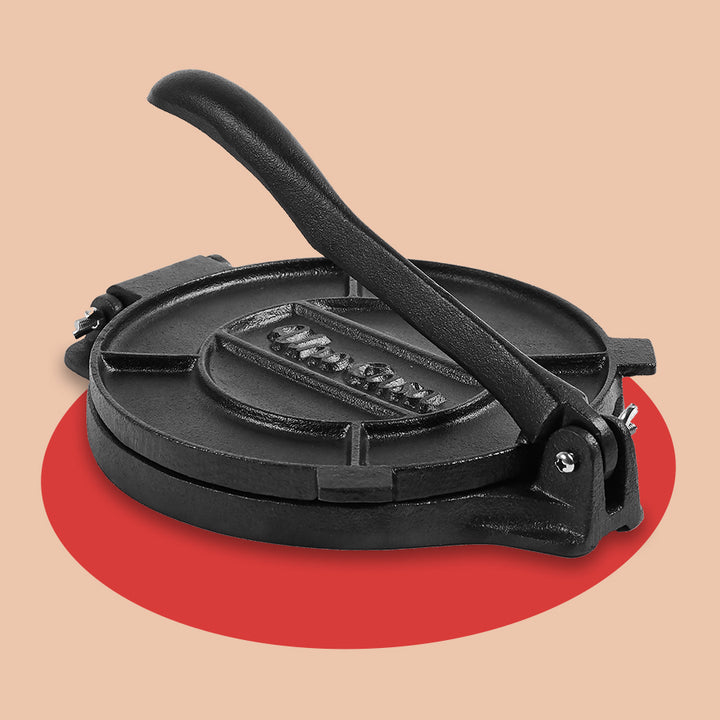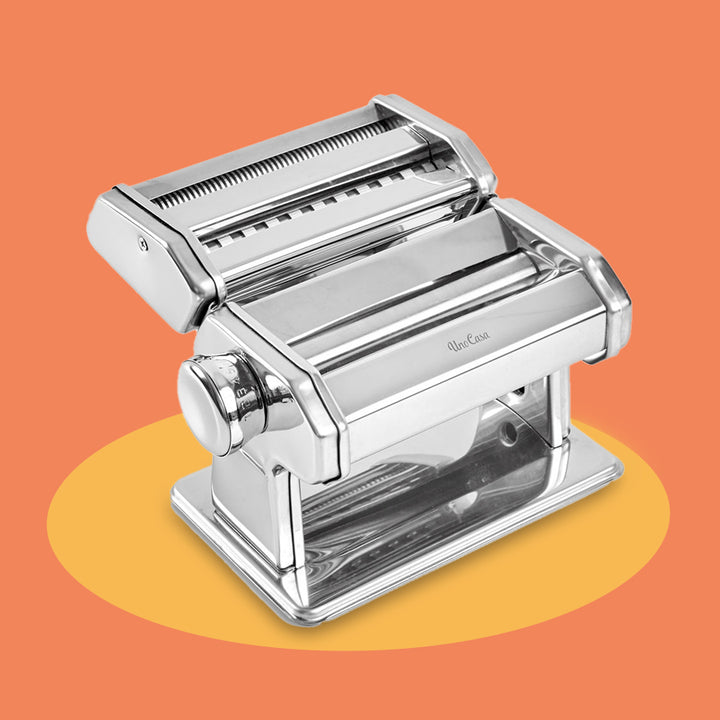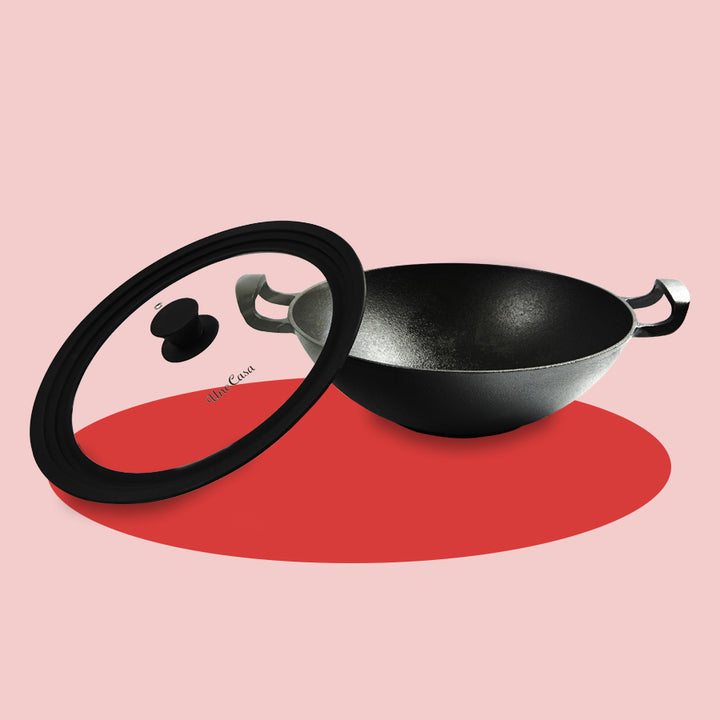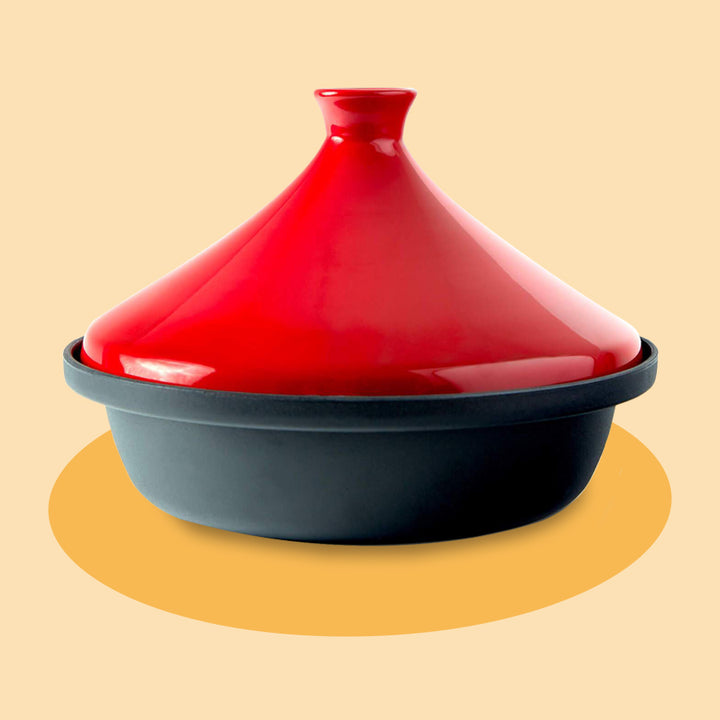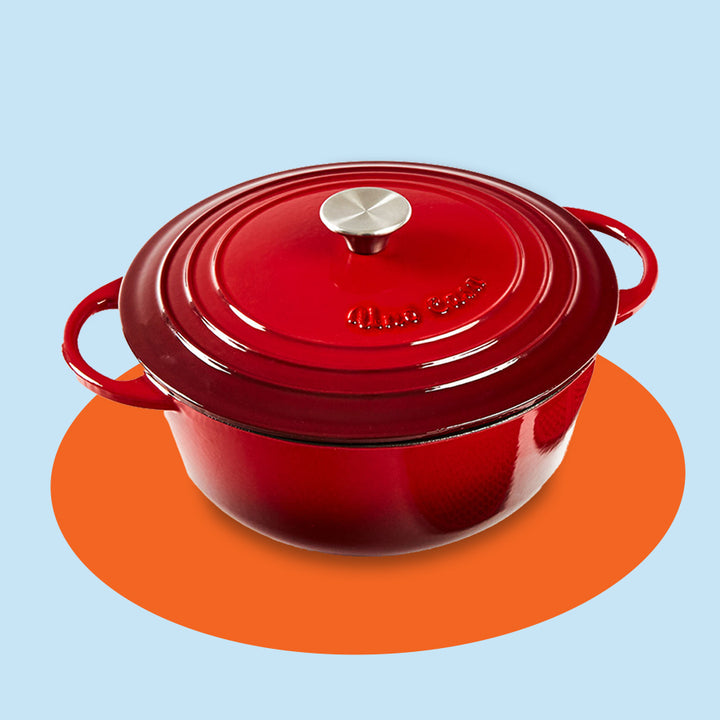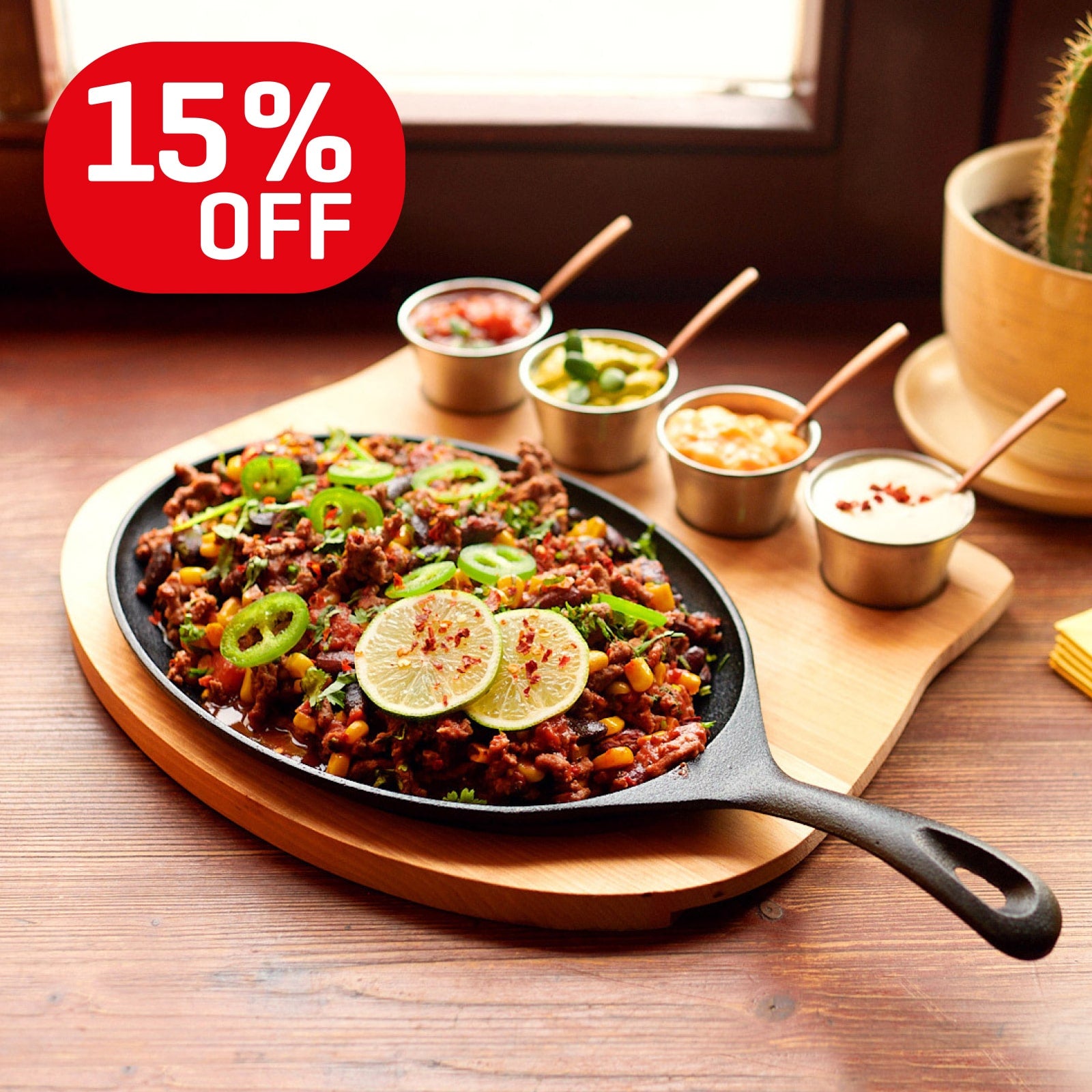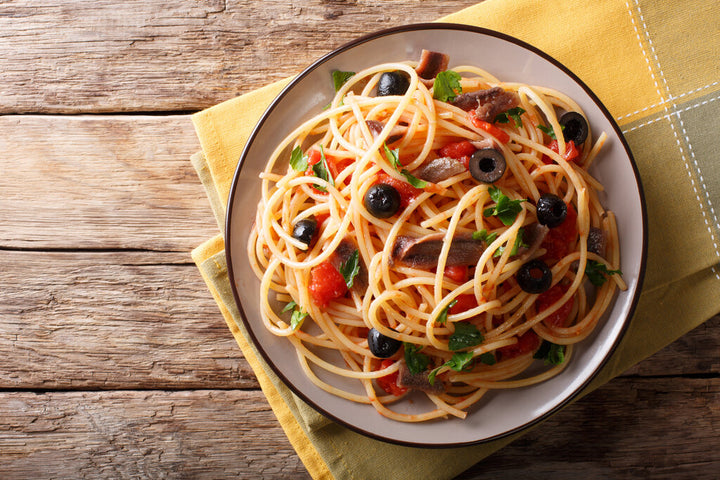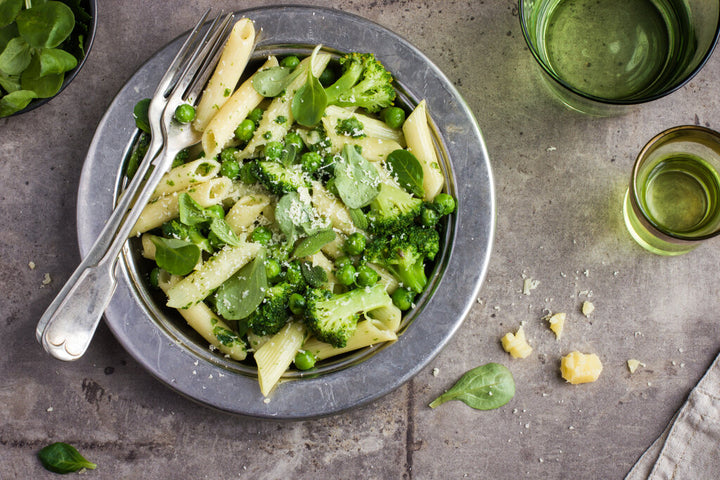Traditional lamb tagine recipes are an absolute feast of tender meat, fruity apricots, and delicious Moroccan seasonings. While the lamb literally melts in your mouth, the spices will tantalize your taste buds with their Moroccan aromas!
But traditional Moroccan lamb tagine recipes are also a labor of love because the longer you spend preparing, marinating, and simmering your ingredients in a tagine pot, the more taste, flavor, and goodness you're going to unlock.
Learn how to make lamb tagine and bring the tastes of Moroccan cooking into your kitchen, with our traditional, tender lamb tagine recipe!
Lamb tagine recipe FAQ
That's it for our tender Morrocan lamb tagine recipe! Remember, the best Moroccan lamb is slow-cooked to perfection, so try to be patient when you're using your tagine pot.
You might have a few more queries or questions regarding our Moroccan lamb tagine recipe, in which case, keep reading for more detailed FAQ!
What is a tagine?
A tagine is a traditional dish that's commonly found in North Africa, and especially so in Morocco. It's a historic dish, that can be traced back thousands of years, and part of the rich culinary culture of the region.
But a tagine is not just the dish that you have cooked, it is also the piece of cookware that you've been using to cook it. A tagine is a pot with a conical lid that can be removed. The tagine allows for the slow cooking process that creates such tender meat. The conical top helps to circulate the juices while venting excess steam, so it doesn't become too watery.
So, a tagine is the cooking process, it's the pot used to cook with, and it's the name of the slow-cooked stew that you cook!
Do I need a tagine pot?
A tagine pot is a fundamental part of the cooking process, and without one, you won't be able to replicate this style of Moroccan cookery with true authenticity.
Traditionally, a tagine pot would be made from clay, but these days there are modern tagine pots, usually produced with an easy to clean enamel coating, that make the process much easier.
Without a tagine pot, you can use the same recipe for cooking up the dish in a large skillet, a casserole dish but tagine can also be used as a Dutch oven substitute. You'll need to make sure the pot or pan you use can be covered, but you'll need to keep letting out the steam periodically.
As well as cooking a tagine on the stovetop, you could also use a tagine pot or a casserole dish for cooking the dish in the oven.
What goes well with a lamb tagine?
We love serving up a tender lamb tagine with a hefty serving of couscous. This Moroccan staple is the most authentic accompaniment to lamb tagine, and it's really easy to cook up, too!
You can find couscous in most supermarkets, so it's worth keeping it stocked in your pantry for when you decide to next cook up your lamb tagine. While you're waiting for the lamb tagine to slow-cook, you can place your couscous into a large saucepan and then pour hot water over it. Leave the water to soak into the couscous while you cook.
You can eat couscous plain, but it's also easy to make it much more exciting too. Add a stick of butter to the couscous, and melt it through. Sprinkle over salt and pepper, or better yet, fresh coriander or parsley. You could even add a few raisins or apricots to give the couscous a fruity twist.
If you haven't got any couscous, then you can always cook up rice to go alongside the lamb tagine. Simply start boiling water and cooking the rice just after you place the potatoes into the tagine pot. This will give you more than enough time for it to cook through.
We'd also recommend preparing a side salad for your lamb tagine. A healthy, fresh, leafy salad is a fantastic accompaniment - and cucumbers and tomatoes are lovely with a tagine, too!
Do I have to cook lamb in my tagine?
Our recipe is crafted to create mouth-watering, tender lamb, but a tagine doesn't necessarily have to be lamb based. In fact, tagines can also be cooked with many other types of meat, including sides of beef or an entire roasting chicken.
The process is very similar, and also produces beautifully tender meat in the stew that's perfectly balanced by succulent vegetables.
It's important to mention, too, that you can use the tagine cooking process for cooking delicious vegetable stews as well.
There are so many Moroccan style vegetables that go well in a tagine, and it can be completely veggie and vegan friendly. We love cooking up carrots, pumpkins, zucchini, peppers, beans, mushrooms, and of course, potatoes, but the choices aren't limited at all!
What can I do with leftover lamb tagine?
We'd be surprised if there are any leftovers, but if you do happen to have some lamb tagine leftover after dinner, there are plenty of options for you!
For starters, you can keep the leftover lamb tagine in the fridge. Place it in a resealable container, or you could even just leave it in the tagine pot if you want to keep in more flavor. We don't recommend storing it for more than 48 hours, however, or it will start to turn for the worse.
You can also keep your leftovers stored in the freezer, but we don't recommend this unless you have no other option. Frozen tagine tends to defrost and become quite liquidy, while much of the fresh flavor from the herbs is lost once it's been frozen for a few weeks.
If you do freeze your leftover lamb tagine, then place it in a resealable container or, better yet, a ziplock bag. Make sure you thoroughly defrost it before reheating. It's best to use the frozen lamb tagine within six months of freezing.
How do I reheat lamb tagine?
If you've frozen you're leftover lamb tagine, then try to defrost it again naturally. Leave it on the side, or leave it overnight in the fridge. If you are in a hurry, then you can defrost it in the microwave on low power, but bear in mind that it's easy to overdo and you could destroy any freshness that remains.
Once your lamb tagine has defrosted, or if you've just taken it out of the fridge, then the best way to reheat the dish is slowly on the stovetop. You could use the tagine pot again, or a skillet, saucepan, or casserole dish. Keep the pot on low heat, and keep stirring the leftovers.
Again, if you're in a hurry, then you could reheat the lamb tagine in the microwave. Again, we don't recommend this unless you need to, though, as you'll lose the flavors.
Slow-cooked lamb tagine takeaways
Slow-cooked lamb tagine is one of the tenderest dishes you could cook, but remember that it takes a little patience to get it right! Our lamb tagine recipes are perfect for anyone craving the tastes and feels of Moroccan spices, so why not bookmark this article for later?
Leave a comment
Comments will be approved before showing up.
Also in Recipes
